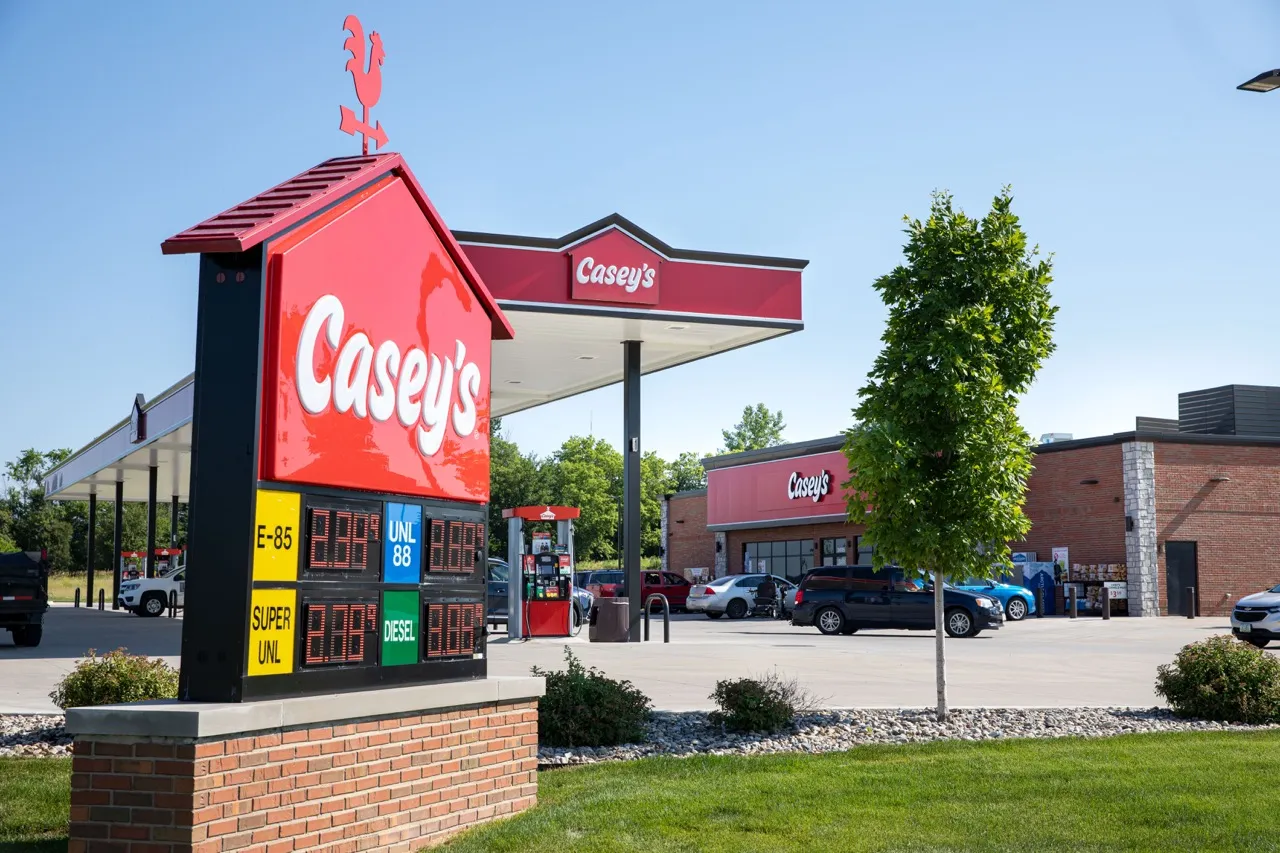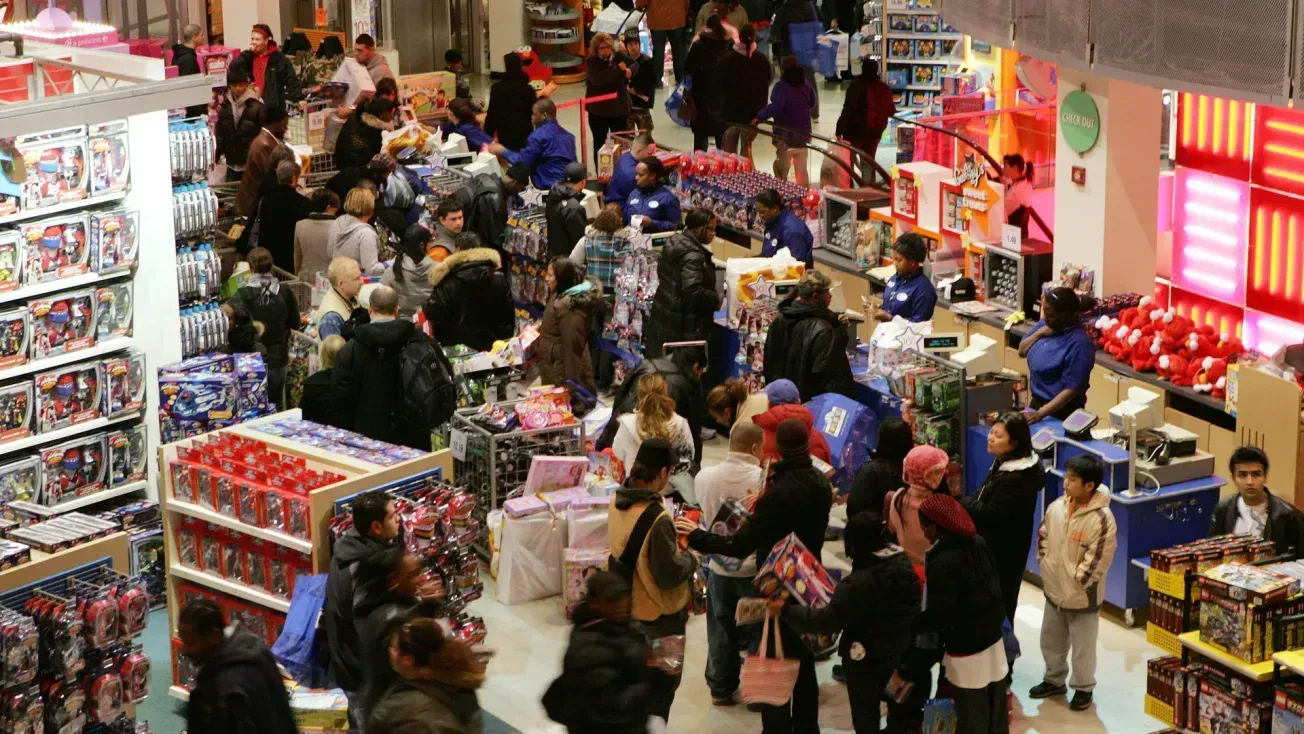TOKYO — The massive earthquake and tsunami that devastated northeastern Japan have dealt a blow to Walmart’s Seiyu stores in the region as well.
The massive earthquake and tsunami that devastated northeastern Japan have dealt a blow to Walmart’s Seiyu stores in the region as well.
Ironically, executives of the Japanese operations, which had struggled since Walmart’s acquisition of its initial stake in Seiyu Ltd. seven years ago, were prepared to tell investors and analysts the story of its turnaround when the disaster occurred.
In fact, Seiyu senior management, headed by chief executive officer Toru Noda, was on its way back from Walmart’s annual managers’ meeting in Florida when the 9.0 earthquake and the tsunami it triggered occurred on March 11. They reached the Tokyo headquarters the next day.
However, in less than an hour after the quake struck, Walmart’s Asia regional office in Hong Kong had activated an emergency operations center, and by 5 p.m. command centers were operating in Japan and Hong Kong. Over the past several years Walmart has gained abundant experience in responding effectively to large-scale natural disasters, first with Hurricane Katrina and most recently in Chile, which experienced an 8.8 earthquake in February 2010.
Of Seiyu’s 371 stores and 43 Wakana delis, 24 were in the affected area, centered on the coastal city of Sendai, and two of those were engulfed by the tsunami. Of the 1,889 associates working in those stores as well as a distribution center and food processing plant, one was killed.
Incredibly, store managers and associates managed to get all customers evacuated rapidly and, according to Scott Price, president and chief executive officer of Walmart Asia, the company is aware of no customers who were harmed by the tsunami, which struck the coast about 24 minutes after the quake.
The intensity of the earthquake meant that much of the inventory, even in undamaged stores, came flying off of the shelves. But within hours all but the two most heavily damaged stores were giving away bottled water and food in their parking lots.
"A lot of people were left homeless and were immediately being moved to settlement shelters that were not yet prepared with food," Price told analysts attending Walmart’s annual international investment conference on March 30. "So within the first 48 hours we had given away the vast majority of the food and water that had been in the stores."
In addition, as part of the development of a relief plan, the day after the quake Walmart Japan requested help from the Walmart Foundation, which a few days later announced a $5 million donation that would consist of $2 million in cash from the Foundation and the Walmart International division plus $3 million in goods. Associates and customers around the world also began making contributions.
Because of panic buying that swept store shelves clean even in Tokyo, 230 miles away, restocking the affected stores became a major challenge. Price, who worked for DHL in Japan before he joined Walmart, used his contacts with the freight transporter to secure a plane in China that was loaded with tons of blankets, flashlights, batteries, water, emergency food and warm clothing. According to Anthony Rose, vice president of corporate communications for Walmart Asia, Tokyo area shoppers continued to stock up weeks afterward. "Our supply chain has geared up to meet that additional demand," he said.
Within three days, engineers were testing the structural integrity of Walmart’s buildings, and by March 29, 12 of the 24 were reopened. By April 18, 19 of the 24 were open and a 20th was expected to reopen within days, said Rose.
None of the stores are located within 50 kilometers of the damaged nuclear plant at Fukushima, which continues to be a major safety threat to the region.
Many of the Seiyu associates in the area are now homeless, Price said, and the company is actively helping them. Looking ahead, Price sees a lengthy recovery: "The damage was extraordinary in the Sendai area, and although the earthquake damage is significant, it’s mainly that three kilometers inland that will take, I think, years to redevelop."





